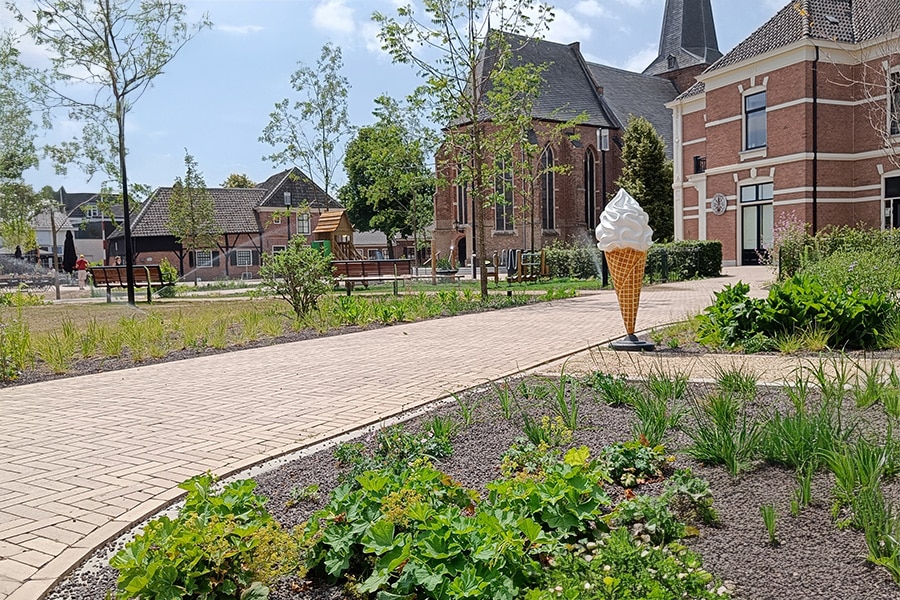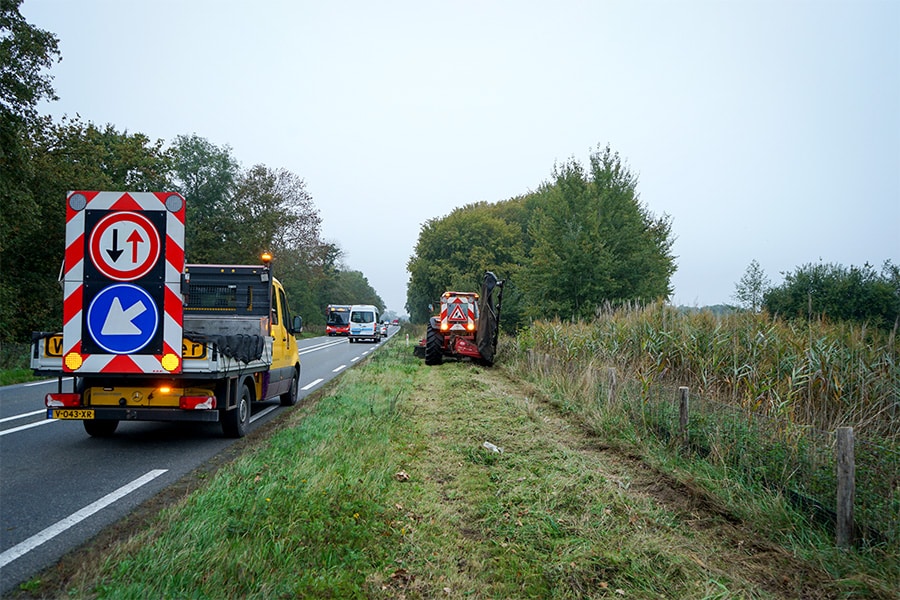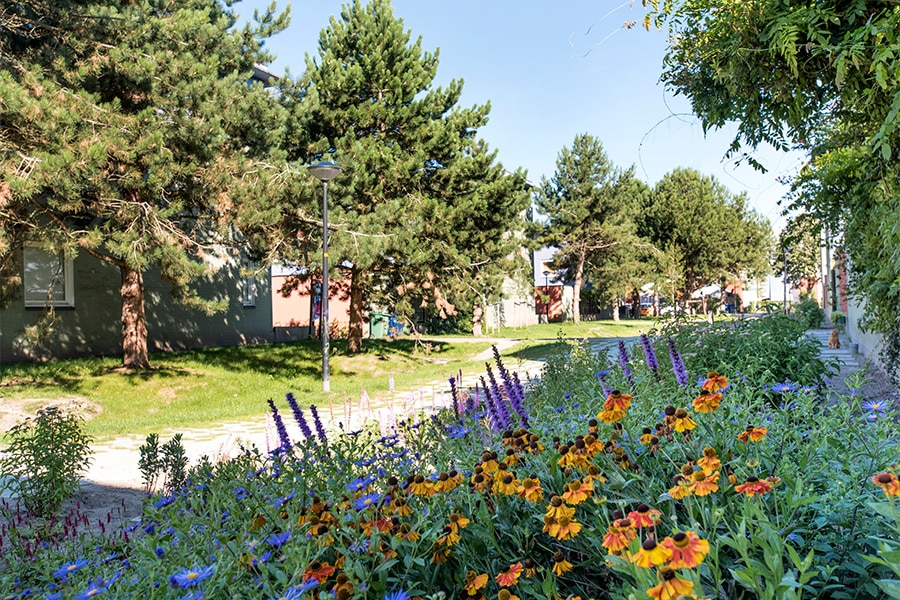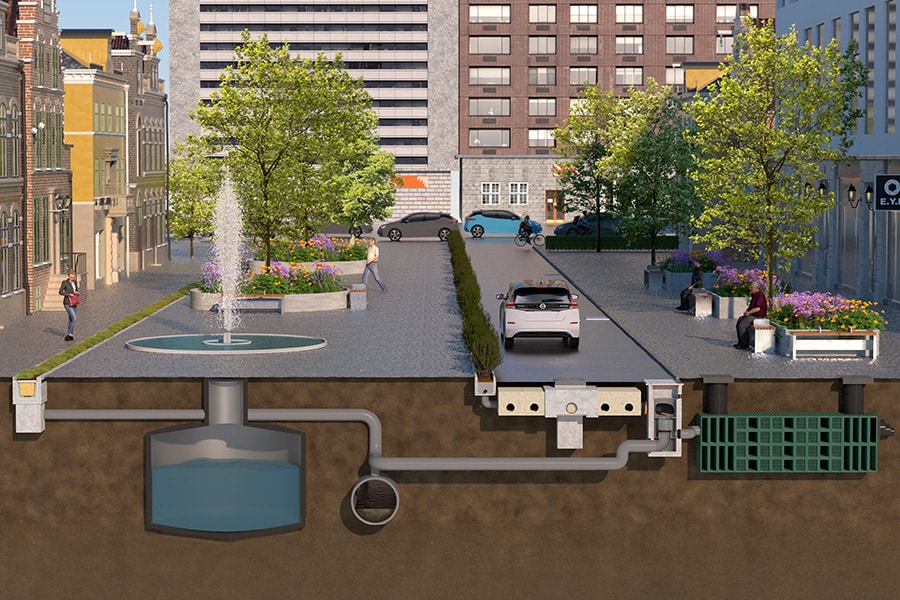
TBS-SVA Group offers total solution for climate-adaptive stormwater management
From more intense rainfall to prolonged periods of drought and heat stress; the changing climate poses major challenges to our public spaces. The TBS-SVA Group is actively committed to working with supply chain partners to provide integrated, future-proof solutions. "We really want to go further than just collecting and draining water," says Willy Bruckers. "It's about buffering, purification, reuse and combating heat stress."
Six steps in stormwater management
Climate adaptation requires more than individual measures. That's why TBS-SVA looks at the big picture: from the first drop to reuse and cooling in the city. "In recent years, we have developed an extensive range of products that respond to the entire water cycle in outdoor spaces," Bruckers explains. "That starts with collection and ends with combating heat stress. Each step contributes to a livable, future-proof environment."
TBS-SVA's latest Aquacare brochure clearly outlines the six steps and the extensive range of innovative solutions for climate-adaptive stormwater management. "Every situation requires customization," says Bruckers. "That's why we have several products available for each step. Together with the customer, we choose exactly what is needed."
From quantity to quality
In addition to supplying products, TBS-SVA sees an important role for itself as a knowledge partner. "For the past decade, the focus has been mainly on quantity - how do we get the water out as quickly as possible? But that is no longer enough. Now we also have to look at quality: what is actually in that water, and what does it do to our soil, infrastructure and living environment?"
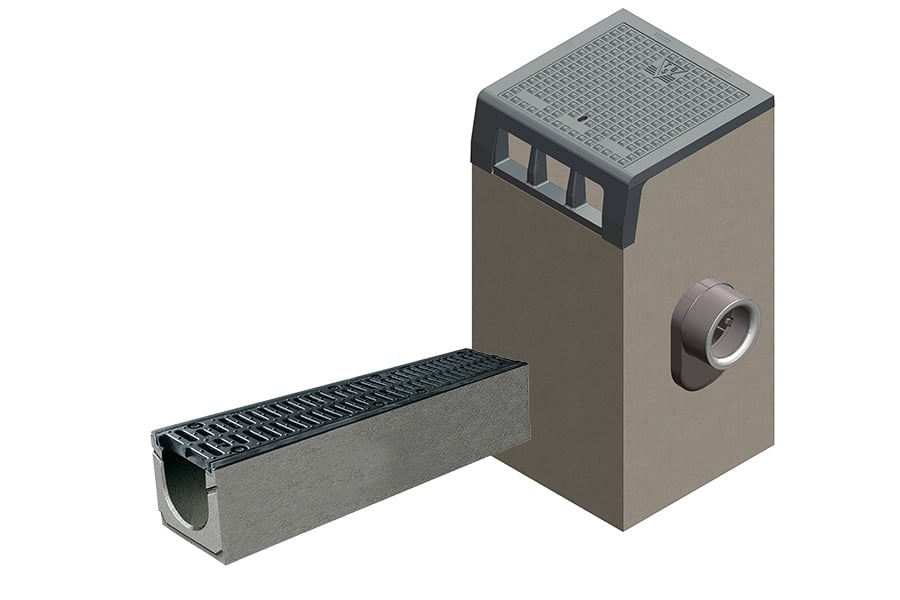
Step 1 - Capture
Everything starts with rainwater harvesting, via point or line drainage. Consider traditional street gullies and concealed gutters, as well as innovative variants such as the Stormwater Gully or Cool City Draining Gutter, suitable for application in urban spaces with greening and cooling as goals.
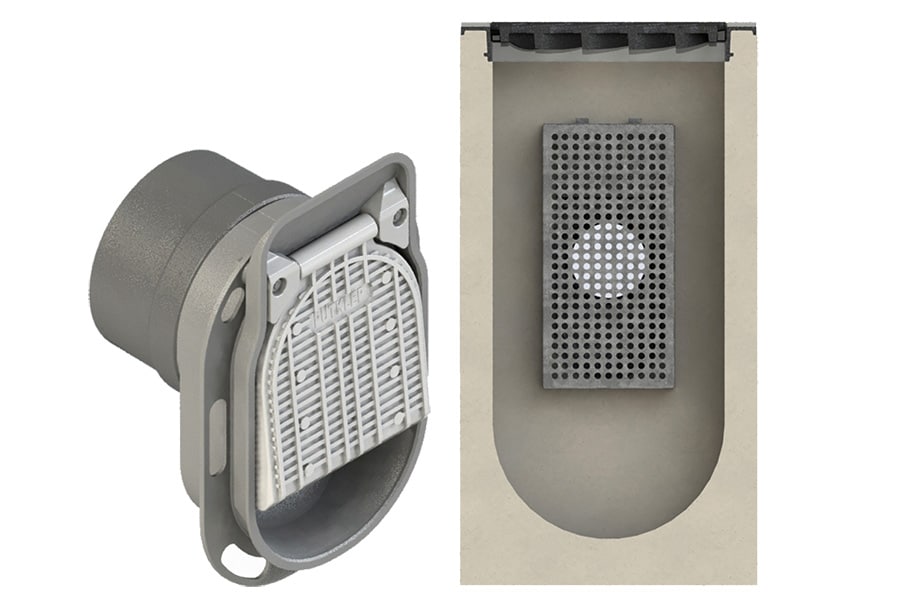
Step 2 - 1st step purification
Through innovative solutions such as the manhole valve, the GSFU screen or the Citykross gully, we purify stormwater in the first step. "This way we prevent clogging and contamination of soil and groundwater," Brucker said.
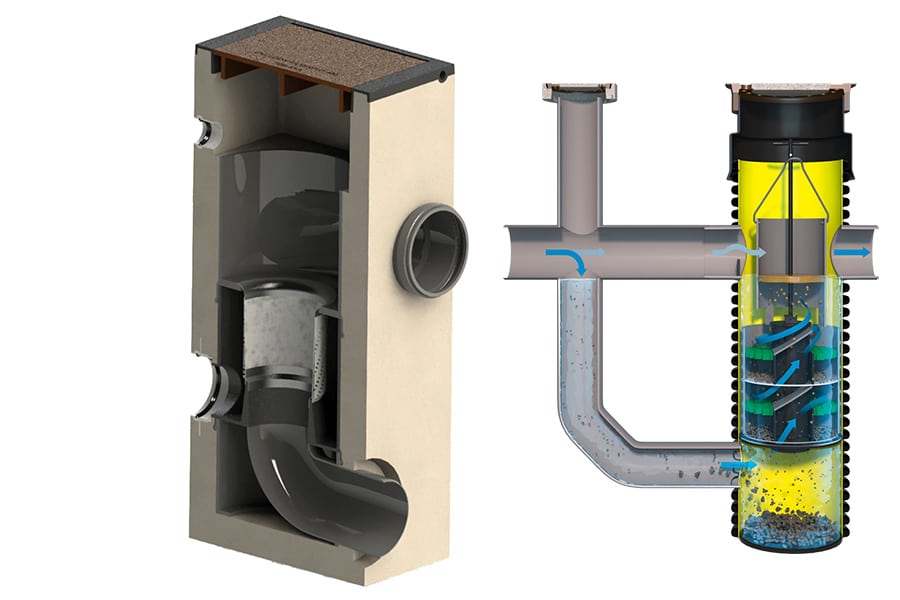
Step 3 - 2nd step purification
For finer filtration and further treatment of rainwater, there is a second treatment stage. For this, TBS-SVA offers, among others, the Cyclone Filter Pit (up to 90% cleaner water discharge), the compact Sedi-Point and the powerful Sedi-Pipe for surfaces up to 18,000 m2. "With these, we are really moving to the level of purified water quality and that is where our focus will be for the next ten years."

Step 4 - Buffering / infiltration
Purified water can then be buffered and infiltrated into the soil. This prevents peak loads on the sewer system and reduces flooding. Solutions such as the Gullybox, Rigofill and Infilio Put are compact, efficient and suitable for a variety of applications, from residential to industrial areas.
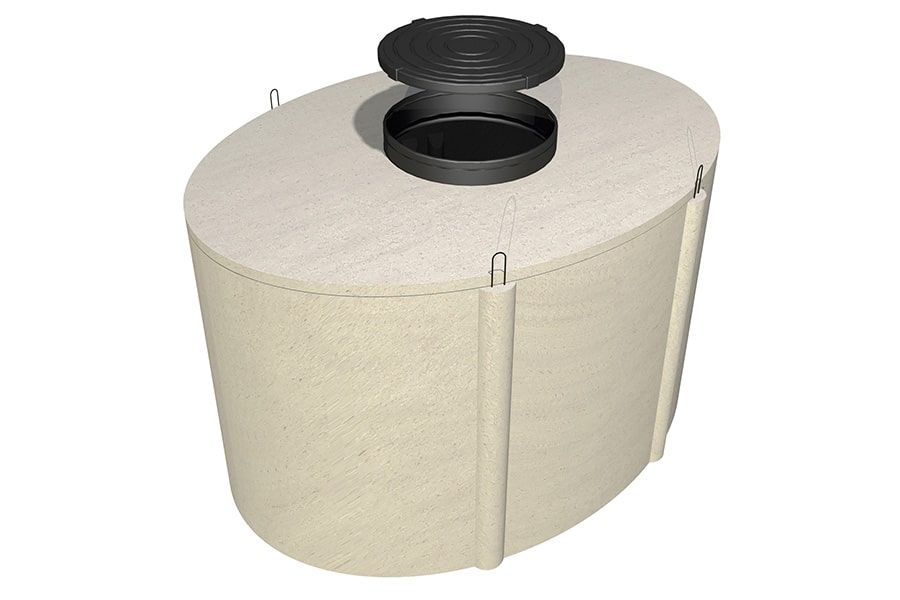
Step 5 - Utilize/Control
But rainwater does not necessarily have to disappear. "We actually encourage reuse, for example for watering public spaces in dry periods," says Bruckers. With systems like the Aqua O Slow and Rigolimit V, water is stored and drained in a controlled manner. Moreover, this way the water is easy to inspect.
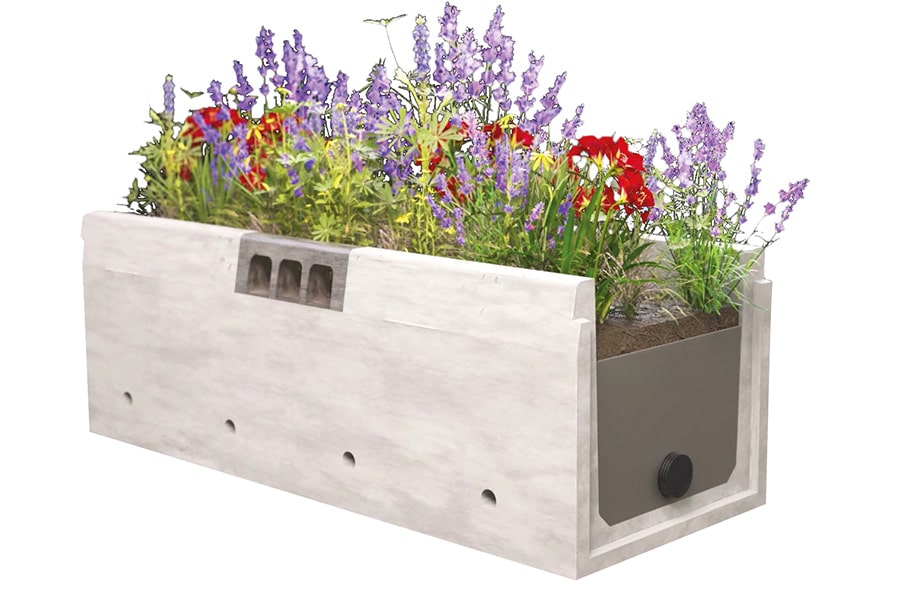
Step 6 - Combating heat stress
The final step addresses another growing problem: heat stress. With products like the Mini Rain Garden (a prefabricated green zone with underground filtering substrate), TBS-SVA creates cooling, green zones in the city. "There too: functional and sustainable," Bruckers believes.
Time for collaboration
This shift requires cooperation, Bruckers emphasizes. "We cannot and do not want to do this alone. That's why we actively seek dialogue with municipalities, engineering firms, landscape architects and water boards. By sharing knowledge, thinking further and listening carefully, we arrive at solutions that will still work ten years from now."
Climate consultant Lars Emans visits parties throughout the country on behalf of TBS-SVA. "He notices that there are still many questions, and sometimes cold feet," Bruckers says. "But once we sit down at the table, great conversations often arise. Then we can explain, think along with and develop customized solutions based on market demand. Sometimes it then turns out that a small adjustment to an existing product can make all the difference."
From knowledge to action
As far as Bruckers is concerned, the message is clear: "We would like to talk to everyone involved in climate adaptation. The more specific the question, the better. Because only then can we really think along with them and further develop our products. In this way we can build a safe, livable, resilient and climate-adaptive Netherlands together. Now and for generations to come.
Heeft u vragen over dit artikel, project of product?
Neem dan rechtstreeks contact op met TBS-SVA GROUP.
 Contact opnemen
Contact opnemen
